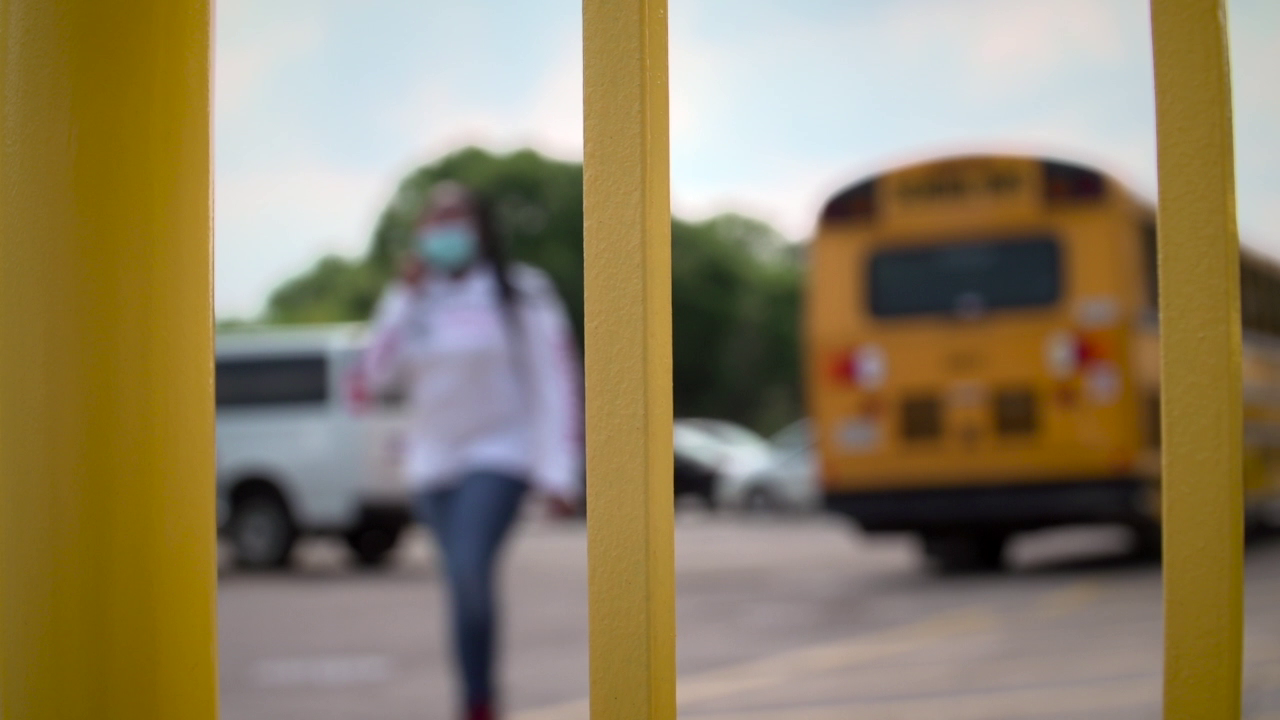CHICAGO, Ill. — Last week, a district in Florida said it was forced to cut school bus routes due to the ongoing problem of recruiting and retaining drivers. Thousands of those high school students will lose their bus rides this fall.
From California and Iowa to Virginia and Florida, schools are having to make tough choices about how to keep the wheels on the bus going round and round.
The deepening shortage of bus drivers has districts adjusting which routes to keep and how many students they can bus in.
“You just saw it all over the country, there were districts that had to go remote because they didn't have bus drivers. There were districts that reduced service and increased walk boundaries,” said Joanna McFarland, CEO and founder of HopSkipDrive, a school ride service that operates a fleet of cars and SUVs in ten states.
“We've had a driver shortage in this country for ten plus years. I think the pandemic really exacerbated that,” said McFarland.
Bus driver vacancies remain unfilled across the country as aging drivers are retiring in droves.
According to a newly released survey from HopSkipDrive, 88% of survey respondents said the bus driver shortage is the biggest transportation issue they face – a 10% increase from last year. 67% said they saw a direct link between access to transportation and attendance in their district.
“If you can't get to school, you can't get to learning. And unfortunately, we see that that chronic absenteeism tends to hit our more vulnerable populations,” said McFarland.
“We largely have been using sort of the same one size fits all transit solution of a yellow school bus for over 80 years,” said Emily Anne Gullickson, founder and CEO of A for Arizona.
The nonprofit education advocacy group recently administered a first-in-the-nation state grant program to fund alternative student transportation options.
“The reality is it's been a barrier for many families, especially working-class and low-income families for a long time. We know families with means have had transit options for years. And so, it's also time we finally have that conversation,” said Gullickson.
Recruitment appears to be the top problem. According to the survey low pay, early retirement, and ongoing covid health concerns remain contributing factors.
Districts around the country have raised the hourly pay and even offered signing bonuses in the thousands.
In January, the U.S. Departments of Transportation and Education announced they would allow states to waive some CDL skill requirements to help bolster school bus driver applications.
But that waiver expired in March.
“We can try to recruit more bus drivers, but I think we need to look at other ways of addressing it that may not involve more school bus drivers,” said McFarland.
School transportation insiders say more alternatives to the yellow bus like carpooling, ridesharing and shuttles.
“The fact that you can't get to school because we aren't willing to think outside the box, that's going to haunt us for a very long time,” said Gullickson.
Otherwise, more students may find themselves stranded this fall.




